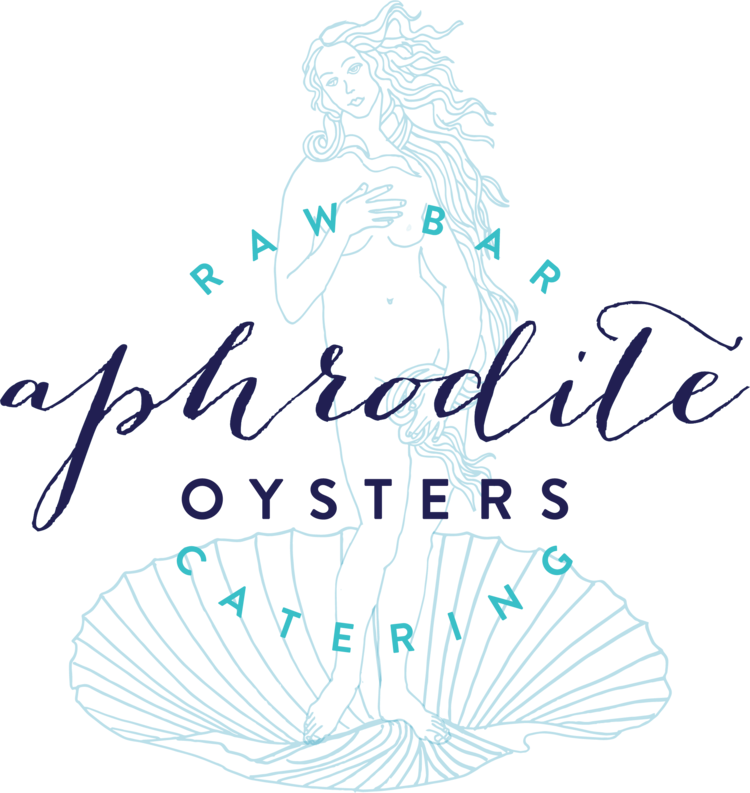Umm, COVID-19 why are you still here!? I know we are all asking ourselves this question as it is the middle of our hot Texas summer, entering August of 2020! We are sweating in face masks, seeking sanctuary from cool watering holes (or the garden hose), and debating whether man-kind should of ever created the existence of ‘virtual’. I mean, living in straw huts, drinking from coconuts, and welding swords on horseback doesn’t sound so terrible right now. Escape with us…
Aphrodite Oysters has now gone to market in our local community to bring some salty air safely from the sea. We are excited to be a part of Austin’s original Barton Creek Farmers Market. Please stop by for some sweet, salty kisses from the sea on Saturdays from 9-1 pm at the Barton Creek Mall.
In continuation of our Oyster Nutrition Series, oysters provide a super immune boost and here’s how:
It’s simple, one gram daily of Omega-3’s cuts your risk of heart attack in half! Omega-3’s fight depression, reduce ADHD, asthma, and help children learn; Omega 3’s fight Alzheimer’s, auto-immune diseases, improve mental disorders, aid sleep, and so much more. Need we say more on why you should eat oysters?!
Oh, and there has been a myth that seafood is high in cholesterol. This was before we understood there was good and bad cholesterol. Oysters don’t contain it and only shrimp & squid are truly high in cholesterol.
One dozen oysters provides a gram of Omega-3 Fatty Acids.
Stay healthy Texans and slurp up the sea of immunity with us!
Post 6 of 6 in the Oyster Nutrition Series
Sources: Understanding Food: Principles and Preparation, Amy Brown 2nd Edition; Macrobiotic Diet by Michio and Aveline Kushi; The Geography of Oysters: The Connoisseur’s Guide to Oyster Eating in North America by Rowen Jacobson; https://www.healthline.com/nutrition/oysters#benefits; https://www.healthline.com/nutrition/17-health-benefits-of-omega-3











